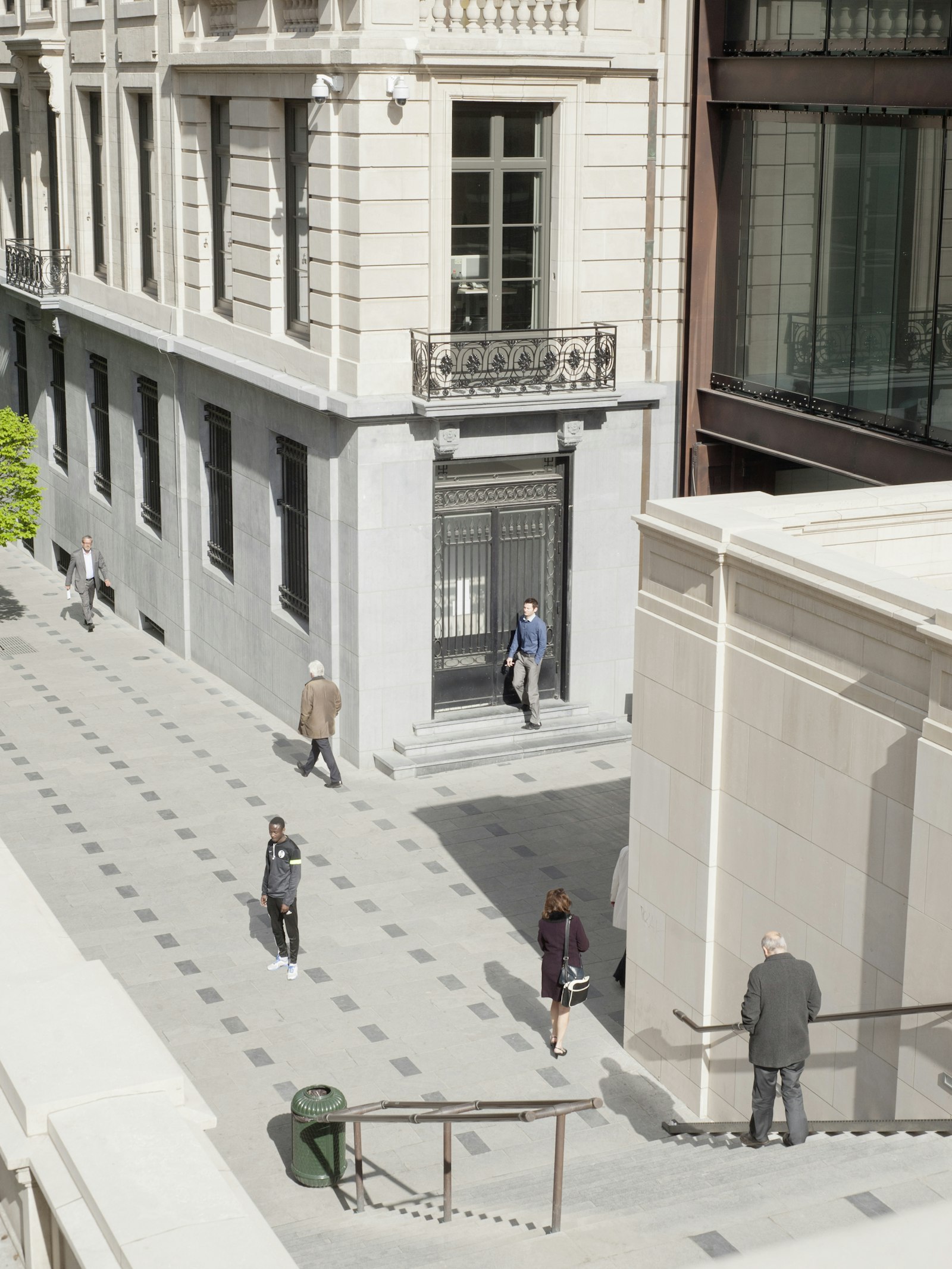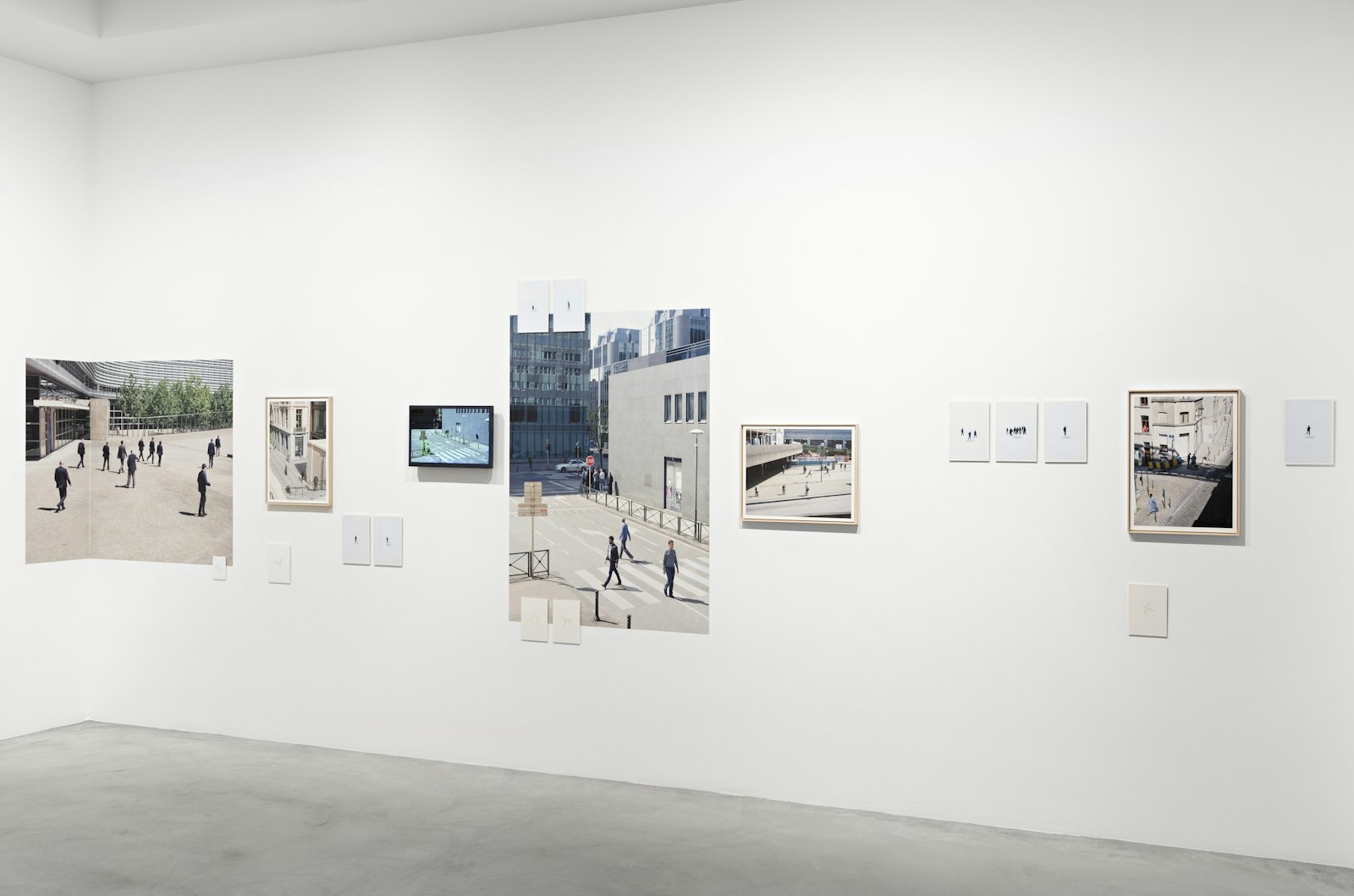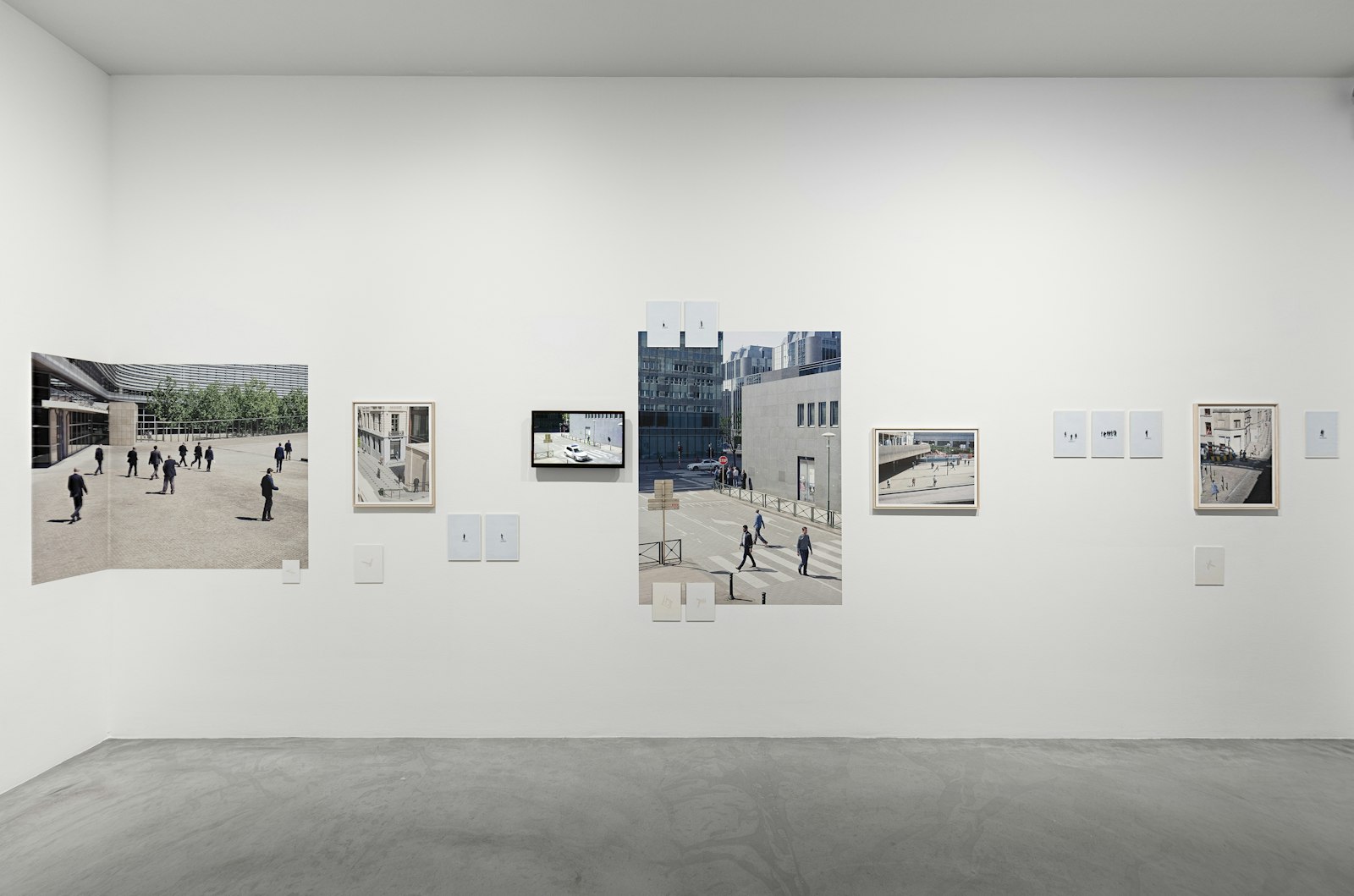SITUATION #186




Video surveillance systems have become an integral part of public space. Like an omnipresent eye, they monitor our environment 24/7 and are crucial in the analysis and investigation of crimes. Intelligent surveillance systems not only reverse this temporal logic, but can even go one step further: they are able to detect deviant, potentially criminal behaviour based on specific corporeal signatures and can thus initiate an intervention even before a crime has occurred. For False Positives, Dutch artist Esther Hovers worked with intelligent surveillance system experts and based her project on a total of eight diagnosed ‘anomalies’: deviations from the usual behavioural norms in public space, expressed through the body language and the movements of pedestrians. These deviations, tracked with visual technologies, are translated into data and fed into the algorithms of surveillance cameras. Hovers’ photographs are imbued with the analytical gaze of the camera, while the tension between documentation and staging raises a discomforting concern: when is the active and anticipatory intervention in a potentially imminent event justified – and at what point do such preemptive technologies start producing their own reality?
More by Esther Hovers: estherhovers.com
Cluster: Deviant